You sell a put in order to earn the premium as income, but you have an obligation if exercised to purchase the stock at a price that is higher than the market price. The premium you collect at the time of trade entry is the maximum profit you can make on the trade. This fixed profit potential is a tradeofffor a higher likelihood of profit.
When buying a call, you have a right to purchase the stock at a price that is potentially lower than the market price (if the stock increases in value during the timeframe of the option) and the only capital you have risked is the cost (premium) of the option.
Buying a call is coupled with lower probability of profit as the underlying stock will need to appreciate beyond the strike price + the premium paid before the trader profits. While the probability may be lower, the maximum profit potential is uncapped.
A trader may choose to buy a call when they have an expectation that the price of the underlying stock is on the (significant) rise. The trader takes advantage of this expectation by locking in a price the shares may be purchased at, which ideally should be lower than the market price at expiration.
For example, say Apple (AAPL) is trading at $85 but ‘The Street’ believes that the stock will be nearing $100 soon (these predictions should be taken with caution). You may not want to buy the stock and tie up significant capital but you could play the move up to $100/share by buying one AAPL 85 call. The premium paid is the most that can be lost. As the price goes above $85 (and the cost of the option), the trader can exercise the call, buy AAPL at $85, and sell it at a higher price in the market at any time during the contract’s life.
With a short put, you receive the premium as income (or profit) with the risk of having to buy the underlying stock at a price higher than the market price, if the market falls. The profit potential is capped, but the likelihood of profit is generally higher, depending on the strike price selected.
So both traders have the same expectation for a rising market but the call buyer will profit more if the stock soars while the put seller will have a higher chance of keeping the premium received from the sale (short) but could be obligated to purchase the shares if assigned.






